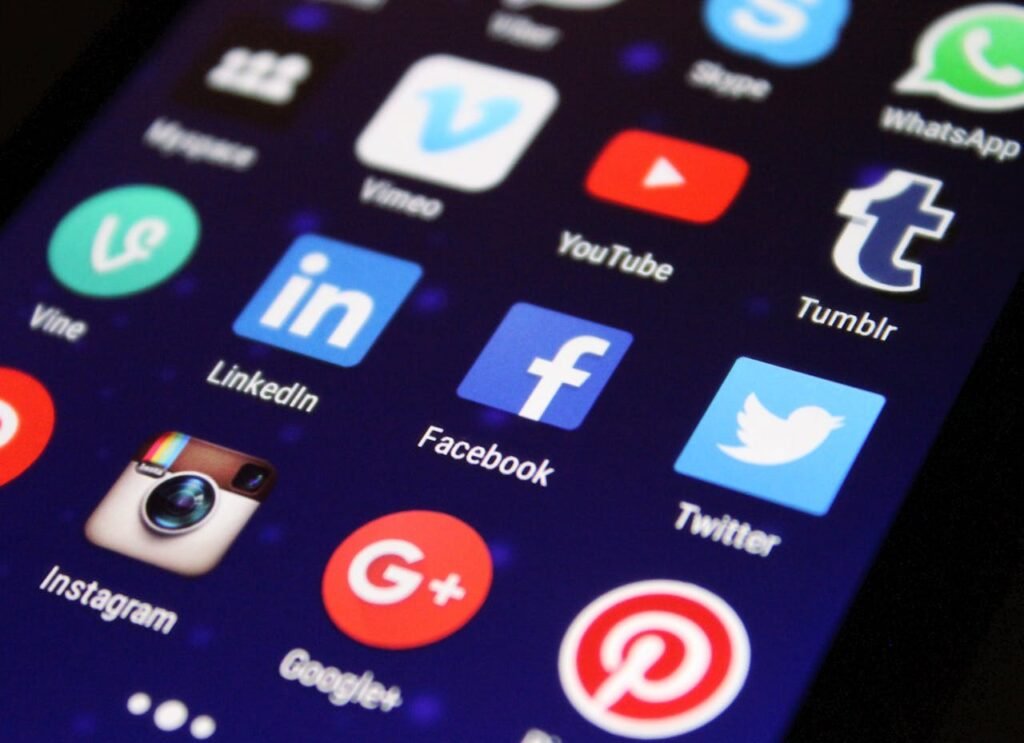Social media has grown far beyond a platform for sharing photos and status updates. In 2025, it has become a transformative tool, amplifying voices that were often overlooked in traditional spaces. For the disabled community, social media offers a powerful platform for advocacy, connection, and visibility. Through these digital channels, individuals are not only sharing their stories but also challenging stereotypes, influencing policies, and creating a more inclusive world.
This article explores how social media is empowering disabled voices in unprecedented ways, the challenges that remain, and how businesses, organizations, and individuals can contribute to this digital revolution for equality.
The Shift Toward Authentic Representation
Social media has given the disabled community the tools to represent themselves authentically. Unlike traditional media, where narratives about disability were often controlled by non-disabled voices, platforms like Instagram, TikTok, and Twitter allow disabled individuals to share their stories on their terms.
Challenging Stereotypes
In the past, disability representation often revolved around two extremes: pity or heroism. Social media is dismantling these outdated narratives, showing that disability is not a monolith but a diverse spectrum of experiences.
Disabled creators share content that ranges from their daily routines to their achievements and struggles, offering a nuanced understanding of life with a disability.
For instance, influencers in the disability community are using TikTok to create short, engaging videos that educate audiences about accessibility challenges. These bite-sized stories resonate with millions, sparking conversations that challenge misconceptions and encourage empathy.
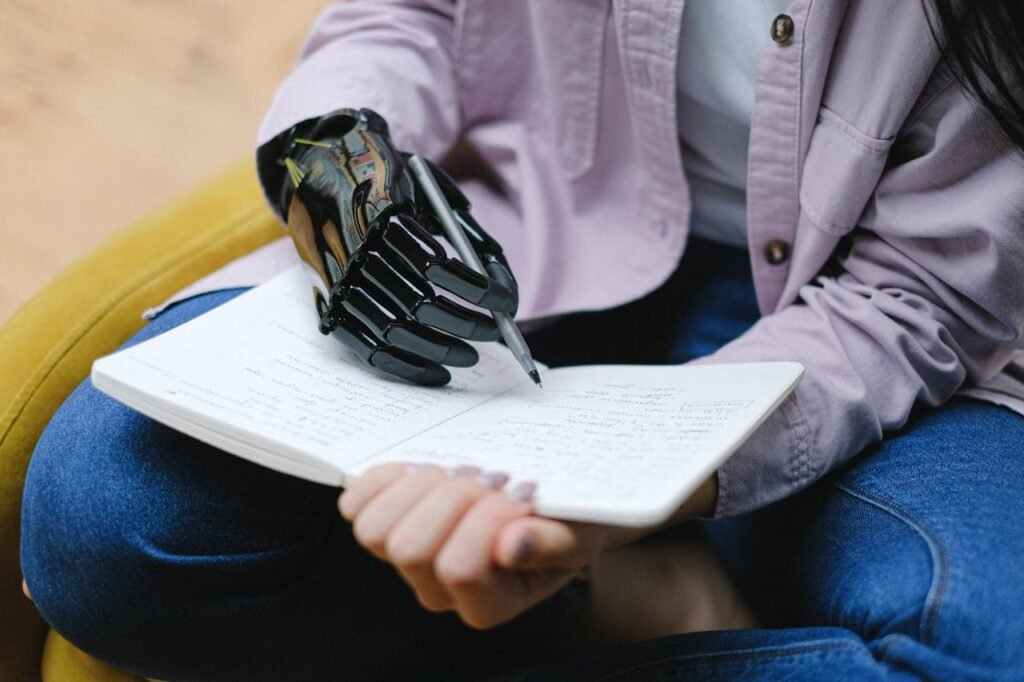
The Power of Storytelling
Storytelling is at the heart of social media’s impact. Platforms like YouTube allow disabled individuals to share long-form content, such as vlogs, tutorials, and discussions. These stories humanize disabilities, breaking down barriers of ignorance and fostering deeper connections.
A wheelchair user might post a video explaining their experiences navigating inaccessible public spaces, while a visually impaired individual might share how they use assistive technology in their daily lives.
These stories inspire action, whether it’s pushing for policy changes or encouraging businesses to prioritize accessibility.
Building Inclusive Communities
One of social media’s greatest strengths is its ability to connect people across the globe. For the disabled community, these connections are a lifeline, offering support, solidarity, and opportunities for collaboration.
Creating Safe Spaces
Social media platforms have become safe spaces where disabled individuals can discuss their experiences without judgment. Online communities such as Facebook groups or Reddit forums bring people together to share advice, resources, and encouragement.
These spaces are particularly valuable for individuals who may feel isolated due to physical or geographical barriers. Someone living in a remote area with limited access to disability support services can now find a global network of peers who understand their challenges.
Amplifying Activism
Social media is a catalyst for grassroots activism, enabling disabled voices to reach policymakers, organizations, and the public with unprecedented speed.
Campaigns such as #AccessibilityMatters or #NothingAboutUsWithoutUs have gained traction on platforms like Twitter, raising awareness about systemic issues and driving tangible change.
For instance, a single viral tweet highlighting an inaccessible building can pressure businesses to address the issue promptly. This kind of digital activism has democratized advocacy, giving everyone the tools to make their voices heard.
Influencing Policy Through Collective Action
Social media’s ability to amplify voices has transformed how policies are shaped. In 2025, digital platforms are crucial in holding governments and organizations accountable for inclusivity.
Disabled individuals and allies collaborate online, sharing petitions, organizing virtual protests, and creating content that sheds light on systemic barriers.
For example, when a city implements inadequate public transit policies, a social media campaign featuring real-life stories from disabled commuters can spark public outrage and pressure officials to act.
The accessibility of these platforms ensures that no single group monopolizes the conversation, fostering genuine representation and equity in policymaking.
Driving Innovation in Accessibility
The visibility of disabled voices on social media has prompted industries to rethink their approach to accessibility. Businesses, developers, and creators now see the value of listening to these voices, resulting in innovative products, services, and content that cater to diverse needs.
Influencing Product Development
Disabled influencers and content creators are becoming integral to the design and testing of new products. Companies often collaborate with these individuals to better understand the practical needs of the disabled community.
Social media platforms like Instagram and LinkedIn facilitate these partnerships, making it easier for brands to connect with authentic voices in the community.
For instance, a prosthetics manufacturer might work with a disability advocate to test a new design, gathering insights that enhance the product’s functionality and user experience. By incorporating feedback directly from disabled individuals, businesses create solutions that are practical, empowering, and impactful.

Enhancing Digital Accessibility
Social media platforms themselves are evolving to be more inclusive. In 2025, accessibility features such as automatic captioning, text-to-speech integration, and customizable interfaces are standard on most platforms.
However, this progress didn’t happen overnight—it was driven by the persistent advocacy of disabled users who highlighted the gaps in digital accessibility.
Content creators play a significant role in pushing these changes forward. By sharing their challenges—such as the lack of alt text for images or inaccessible live streaming tools—they prompt platforms to implement improvements.
Businesses that adapt to these standards not only meet compliance requirements but also demonstrate a commitment to inclusivity, attracting a broader and more engaged audience.
Empowering Businesses to Engage with Disabled Audiences
For businesses, social media offers a direct line to disabled customers, allowing them to build relationships and foster trust. Engaging with this community requires authenticity, respect, and a willingness to learn.
Collaborating with Disabled Influencers
Influencer marketing has become a cornerstone of digital engagement, and disabled influencers are reshaping how brands connect with their audiences. These creators bring credibility, relatability, and insights that resonate deeply with the disabled community.
A beauty brand, for instance, might partner with a visually impaired influencer to showcase how their products can be used effectively with adaptive techniques.
This collaboration not only highlights the brand’s inclusivity but also provides valuable representation that inspires confidence in disabled customers.
Businesses can also engage influencers to consult on accessibility improvements, using their expertise to create products and services that truly meet the needs of diverse users.
Authentic Representation in Marketing
Representation matters, and social media is a powerful tool for ensuring authentic portrayals of disability in marketing.
Businesses that feature disabled individuals in their campaigns—whether through ads, reels, or user-generated content—convey a commitment to inclusivity that goes beyond tokenism.
Social media allows businesses to gather real stories and experiences from their disabled customers, showcasing them as part of their brand narrative. This approach not only strengthens customer loyalty but also sets a precedent for other organizations to follow.
Engaging in Open Dialogue
Social media enables businesses to engage in meaningful conversations with the disabled community, fostering trust and mutual understanding.
Platforms like Twitter, Instagram, and LinkedIn provide opportunities for direct feedback, allowing companies to listen to the concerns, ideas, and preferences of their audience.
For example, a retail chain might post a question on Instagram asking followers what accessibility features they value most in stores. This simple act of engagement invites authentic dialogue and gives disabled individuals a platform to share their insights. Businesses that act on this feedback demonstrate accountability and a genuine commitment to inclusivity.
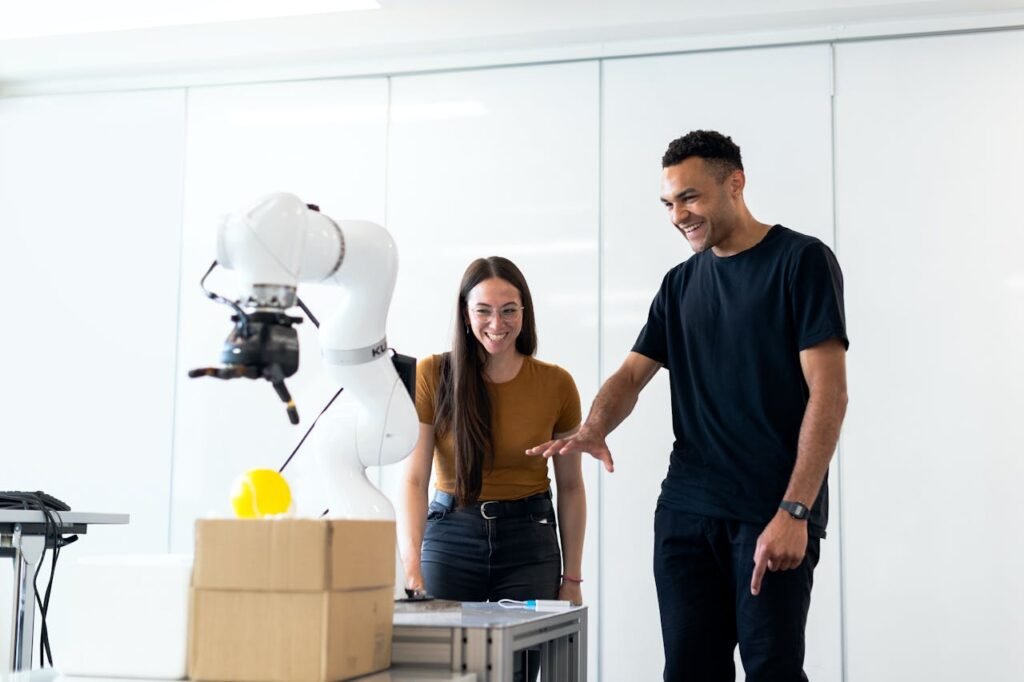
Moreover, acknowledging mistakes publicly and taking steps to rectify them is a powerful way to build credibility. If a business’s campaign unintentionally excludes disabled audiences, addressing it openly on social media and detailing corrective actions shows accountability and fosters goodwill.
The Role of Technology in Amplifying Disabled Voices
Advancements in technology have supercharged the impact of social media, providing tools that make it easier for disabled individuals to create and share content. These tools also ensure that online spaces are more accessible and inclusive for everyone.
Adaptive Tools for Content Creation
In 2025, adaptive technology has revolutionized how disabled creators produce content. Speech-to-text software allows individuals with limited mobility to write blogs or craft tweets, while eye-tracking devices enable hands-free navigation of social media platforms.
These innovations empower creators to share their stories without barriers, expanding their reach and influence.
For example, a wheelchair user might use video editing software with intuitive controls to create compelling Instagram reels about their accessibility journey. The availability of these tools ensures that disabled voices are not only heard but seen and celebrated.
Accessible Features on Social Media Platforms
Social media platforms have made significant strides in accessibility. Features like automatic video captioning, customizable text sizes, and alt text for images are now standard, making content more inclusive.
These advancements stem from the advocacy of disabled users who highlighted the importance of accessible design.
Live streaming platforms have also evolved to include features like real-time captions and sign language interpreters, enabling broader participation in events and discussions. Businesses that host virtual events or webinars can leverage these tools to ensure their content is accessible to all attendees.
By integrating these features, platforms not only comply with accessibility standards but also create an environment where disabled users feel valued and empowered.
Overcoming Challenges in the Digital Space
While social media has created unprecedented opportunities for the disabled community, challenges remain. Addressing these issues is essential to ensure that platforms continue to evolve as inclusive spaces.
Tackling Online Harassment
Disabled individuals often face targeted harassment online, which can deter them from sharing their stories or engaging with audiences.
Platforms must take stronger measures to combat this issue, such as implementing AI-driven moderation systems or enhancing reporting mechanisms.
Businesses can play a role by advocating for safer online environments. For instance, brands that collaborate with disabled influencers can publicly support them in the face of harassment, sending a clear message that such behavior is unacceptable.
Bridging the Digital Divide
Access to social media and the internet remains unequal, particularly in rural areas or low-income communities. Disabled individuals in these regions may struggle to access the tools and platforms that enable their participation in the digital space.
Businesses and organizations can address this gap by investing in initiatives that provide affordable devices, internet connectivity, and digital literacy training.
For example, a technology company could partner with NGOs to distribute adaptive devices to underserved communities, empowering more individuals to engage with social media.
A Future of Empowerment
As social media continues to evolve, its potential to empower disabled voices grows exponentially. The platforms that disabled individuals have carved out for themselves are not just spaces for expression—they are hubs of innovation, activism, and community-building.
Fostering Leadership and Expertise
Social media will increasingly serve as a launchpad for leadership within the disabled community. In the coming years, more disabled individuals will leverage platforms to establish themselves as thought leaders, advocates, and experts in their respective fields.
Businesses can embrace this shift by partnering with these leaders, not only to enhance their inclusivity efforts but also to benefit from the valuable insights and perspectives they bring.
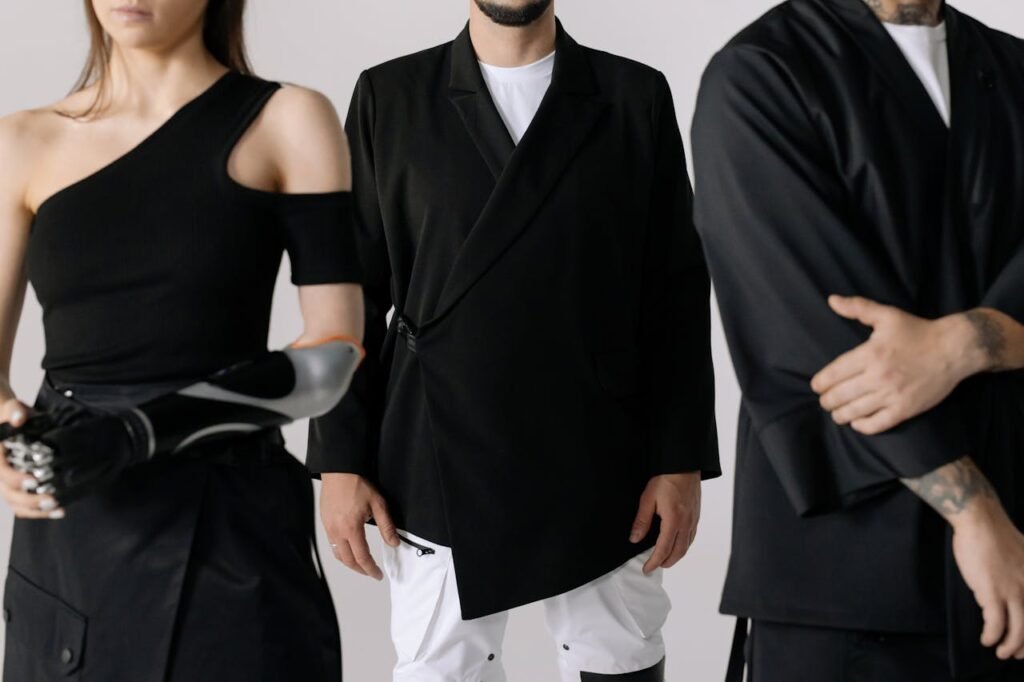
For example, a company designing workplace accessibility solutions could collaborate with disabled influencers who are vocal about employment barriers.
Their firsthand knowledge can guide product development while amplifying awareness through authentic storytelling. By positioning these voices as collaborators, businesses move beyond representation and contribute to systemic change.
Elevating Community-Led Innovation
The intersection of social media and technology opens the door for innovation driven directly by the disabled community. Platforms enable individuals to crowdsource ideas, seek feedback, and refine solutions in real time.
This trend empowers disabled creators to address challenges with precision and creativity, often leading to solutions that are more inclusive and practical than traditional approaches.
Businesses can play a pivotal role by actively supporting these innovations. Funding projects, hosting hackathons centered on accessibility, or offering mentorship programs for disabled entrepreneurs are all ways to nurture this creativity.
For example, a tech company could sponsor a social media campaign to promote assistive app prototypes, providing creators with both visibility and resources to bring their ideas to fruition.
Strengthening Corporate Social Responsibility
Corporate Social Responsibility (CSR) efforts will take on greater significance as the disabled community continues to gain visibility online. Social media makes it easier than ever for businesses to align their CSR initiatives with the needs and aspirations of disabled individuals.
Authentic partnerships, transparent communication, and consistent action will define the companies that stand out as champions of inclusion.
Imagine a retail brand launching a campaign co-created with disabled influencers to advocate for accessible fashion.
Through interactive social media content like live Q&A sessions or behind-the-scenes videos of adaptive clothing design, the brand demonstrates both its commitment and the real-world impact of its initiatives.
These efforts foster trust and loyalty while inspiring other organizations to follow suit.
Creating Inclusive Ecosystems
The future of empowerment lies in creating ecosystems where inclusivity is embedded in every interaction. Social media will play a key role in connecting businesses with disabled audiences, advocacy groups, and other stakeholders to create holistic solutions.
This approach requires businesses to think beyond individual campaigns and focus on long-term strategies that integrate accessibility into every facet of their operations.
For example, a transportation company might use social media to host virtual town halls where disabled users share their experiences and suggest improvements. Insights gathered from these sessions could inform policy changes, technological upgrades, and employee training programs.
By embedding these initiatives into their core mission, businesses not only address immediate needs but also build sustainable systems of inclusion.
Using Data Responsibly for Good
Social media platforms and businesses alike collect vast amounts of data. The future of empowerment depends on using this data ethically and strategically to improve accessibility.
Businesses can analyze trends, engagement patterns, and user feedback to identify gaps in their services and develop solutions that meet the specific needs of disabled audiences.
For instance, by tracking hashtags like #AccessibilityMatters or #DisabledAndProud, businesses can identify recurring themes and challenges discussed by the community.
These insights can inform product development, service improvements, or targeted advocacy campaigns. However, it’s essential that data collection is transparent, consensual, and used solely to benefit the community.
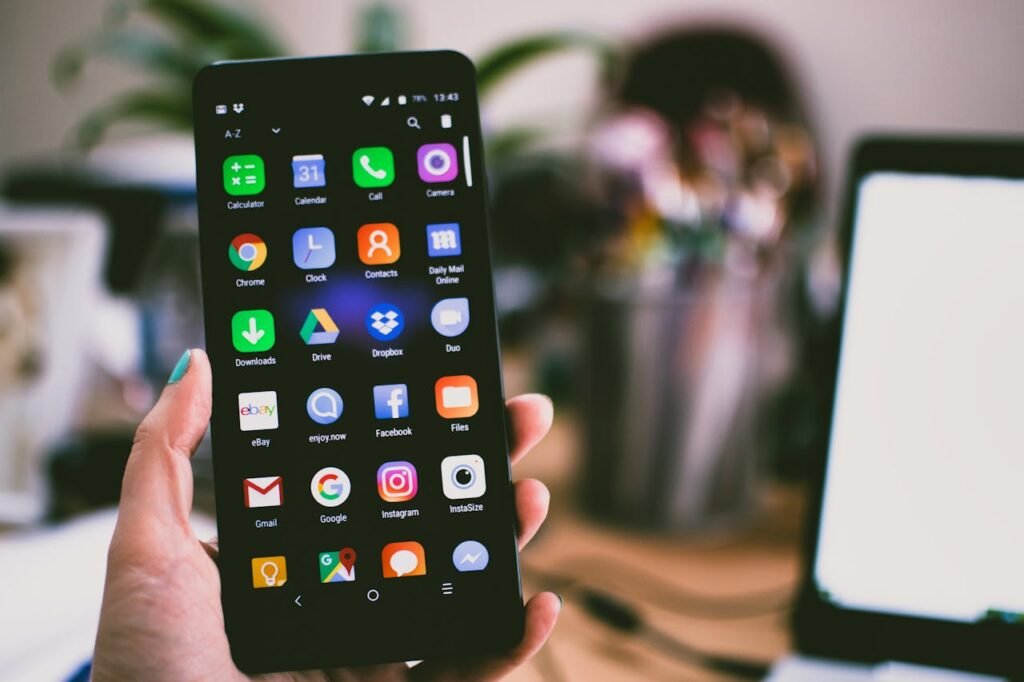
The Broader Impact of Social Media on Society
Social media’s empowerment of disabled voices is not limited to the disability community—it has far-reaching implications for society as a whole. By amplifying these voices, social media challenges biases, reshapes cultural narratives, and fosters a more inclusive global community.
Shaping Public Perception
In 2025, social media is one of the most influential tools for shaping public opinion. As disabled creators share their experiences, they dismantle misconceptions and replace stereotypes with authentic stories.
These narratives humanize disability, emphasizing that it is not a limitation but a part of human diversity.
For instance, creators showcasing their entrepreneurial ventures, academic achievements, or artistic talents challenge the false notion that disability equates to incapability. Their success stories inspire others, disabled and non-disabled alike, to recognize the value of perseverance and creativity.
As these stories gain traction, public attitudes shift toward greater acceptance and understanding. This ripple effect can influence everything from workplace diversity initiatives to government policies, demonstrating the power of social media to drive systemic change.
Building Bridges Between Communities
Social media brings together diverse communities, fostering mutual understanding and solidarity. The visibility of disabled voices helps other marginalized groups see parallels in their struggles, creating opportunities for collaboration and mutual support.
For example, a campaign highlighting inaccessible urban infrastructure might resonate with elderly individuals or parents with strollers, who also face similar challenges. This shared advocacy strengthens alliances, amplifies the message, and increases the likelihood of meaningful change.
Businesses can leverage these connections to promote inclusivity across all demographics. A company might host a social media campaign celebrating stories of resilience, featuring voices from various communities, including the disabled. Such initiatives showcase the universality of human experiences while celebrating individuality.
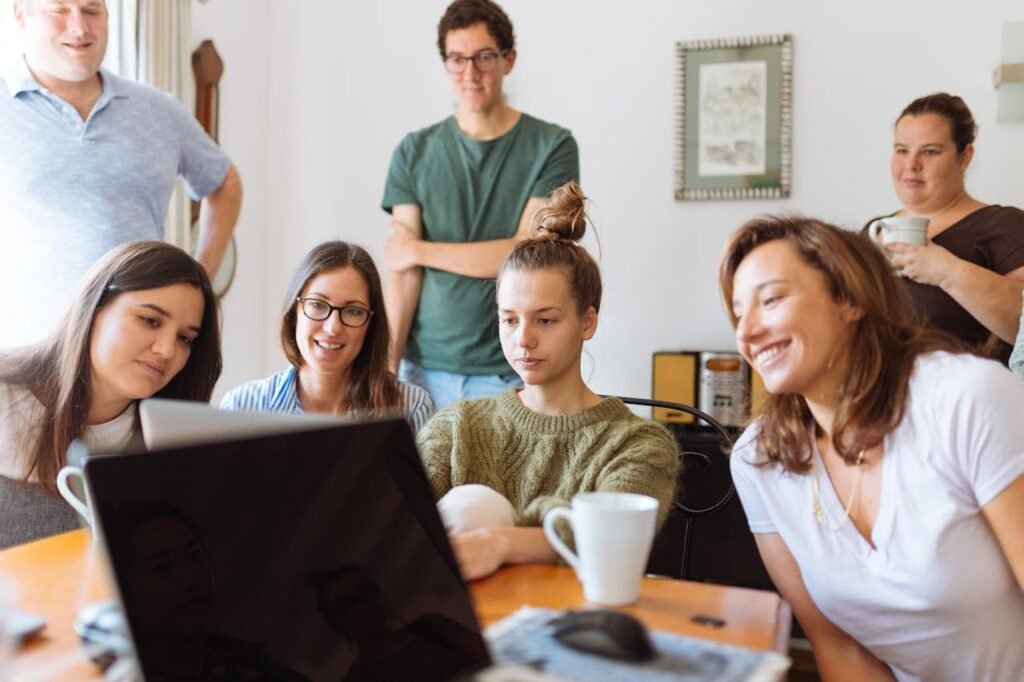
Driving Cross-Industry Innovation
The advocacy and visibility of disabled voices on social media are spurring innovation across industries. As businesses respond to calls for accessibility, they are forced to rethink design, technology, and service delivery in ways that benefit everyone.
For instance, improvements in accessible transportation systems often arise from grassroots campaigns led by disabled activists.
These changes, while designed to meet specific needs, ultimately enhance convenience for all users. Social media accelerates this innovation by spotlighting unmet needs and pushing companies to act quickly and effectively.
The tech industry, in particular, has seen significant advancements driven by feedback from disabled social media users. Adaptive devices, accessible apps, and AI-driven tools now cater to a broader range of abilities, ensuring that technology serves as an equalizer rather than a barrier.
Conclusion
Social media has revolutionized the way we communicate, advocate, and connect, especially for the disabled community. In 2025, it stands as a powerful platform for empowerment, breaking down barriers that once isolated disabled individuals and amplifying their voices on a global stage.
From challenging stereotypes to driving innovation and influencing policy, social media is proving to be a vital tool for creating a more inclusive world.
For businesses, the rise of empowered disabled voices presents an incredible opportunity to lead with authenticity and purpose.
By embracing inclusivity in marketing, fostering collaborations with disabled creators, and advocating for accessibility in all forms, companies can not only align themselves with a broader social movement but also build trust and loyalty within an expanding audience.
At Robobionics, we are inspired by the resilience and creativity of the disabled community. Just as social media empowers individuals to tell their stories, our innovative solutions, like Grippy™, empower users to embrace life with confidence and independence. Together, we can drive progress and ensure that every individual, regardless of ability, is seen, heard, and celebrated.



